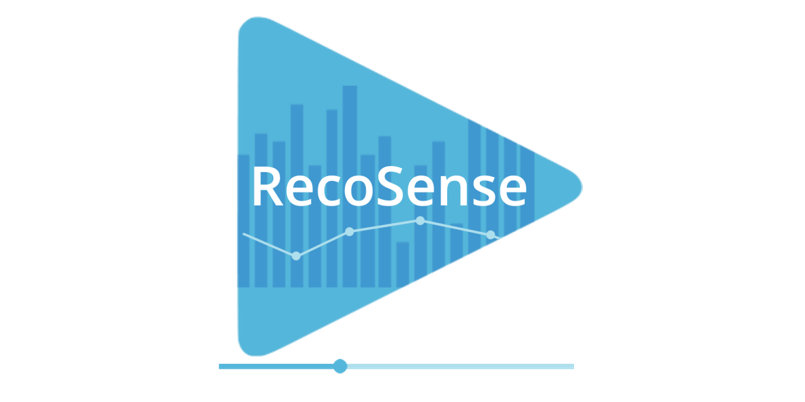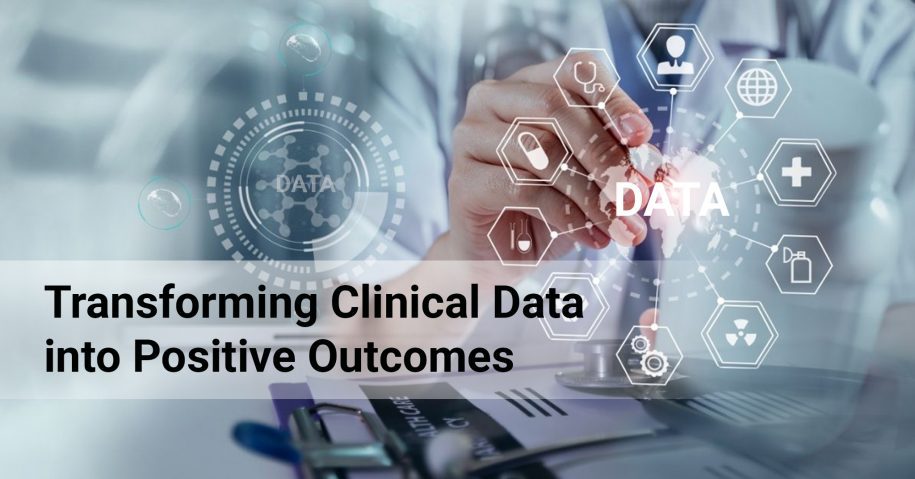The pharmaceutical industry thrives on data. From drug discovery to clinical trials, regulatory compliance to pharmacovigilance, mountains of textual data are generated daily. But the challenge lies in collecting this data and making sense of it. That’s where Natural Language Processing steps in, acting as the magician that extracts meaningful information from unstructured text.
According to the latest report by Markets and Markets, the global NLP revenue in the pharma and life sciences market is estimated to reach USD 7.2 billion by 2027, growing at a CAGR of 27.1% from 2022 ( USD 2.2 billion.)
It is a clear testament to how NLP quickly becomes the secret weapon transforming how pharmaceutical companies manage and use textual data.
This blog will dive deep into NLP’s incredible role in text analytics and transforming unstructured text data into valuable insights within the pharmaceutical sector.
Challenges in Pharma Text Data
Pharmaceutical companies often have digital data in different formats that help determine if a patient can join a clinical trial.
- Physician’s notes of a patient’s medical history and exams
- Pathology reports about tissue or cell analysis
- Operational records of surgeries
- Electronic Medical Records (EMR)
These data types help companies choose suitable patients for clinical trials, improving medical research. Imagine manually filtering through these thousands of research papers, clinical trial reports, and patient records!
Sounds daunting, right?
That’s the reality that pharmaceutical companies face when text mining unstructured data.
The limitations of manual text analysis are evident –
- Time-consuming
- Error-prone, and
- Not scalable
Traditional data processing methods fall short when dealing with pharmaceutical texts’ sheer volume and complexity. Here’s where NLP swoops in as the superhero. NLP text analysis is a powerful solution for managing and analyzing vast text data for pharmaceutical companies to streamline operations and reduce errors.
Let’s look at real-world examples to make these applications come to life.
Top 7 NLP Use Cases in Pharma
Here are the top seven NLP use cases that show how NLP text analytics is transforming the pharma and LiveScience’s industry.
1. Speed R&D Processes
Pharmaceutical research is a race against time. Scientists struggle to identify potential drug candidates buried in a sea of scientific literature. But NLP accelerates drug discovery by scanning scientific literature faster than any human could. It analyzes vast volumes of research papers and patents to pinpoint promising compounds. It identifies potential drug candidates, relevant studies, and trends and reduces the time required to bring a new drug to market.
2. Process Unstructured Biomedical Data
A study found that 80% of medical data remains unstructured and unused. In healthcare settings, unstructured clinical notes and patient records can create inefficiencies in text analytics and decision-making. But Natural Language Processing seamlessly addresses this concern.
- It structures and analyzes unstructured data to extract valuable information from clinical notes, patient records, and medical reports.
- It transforms unstructured clinical data into actionable information to improve patient care and operational efficiency.
3. Pharmacovigilance
Ensuring drug safety in a dynamic market is challenging because adverse reactions must be promptly detected and addressed. NLP monitors social media, forums, and online discussions to detect product mentions and potential side effects. This AI-driven tool illuminates the path to pharmacovigilance and pharma insights. It is the best fit for risk adjustment analytics in the industry as it enables timely interventions and safeguards patient well-being.
4. Chemical Entity Recognition
Identifying chemical compounds from extensive text data is an uphill task, hindering drug development. NLP excels at chemical entity recognition. It smoothly extracts compound names and information from research papers and databases, making it an invaluable tool in drug formulation and development. It fastens drug discovery by automating data curation.
5. Regulatory Compliance
Compliance checks in the pharmaceutical industry are time-consuming but necessary for regulation. NLP integrates seamlessly into document management systems, ensuring documents meet regulatory standards by
- Automating compliance checks
- Safeguarding against regulatory fines and disruptions
- Preventing costly setbacks
6. Improve Insights
Staying ahead of market trends and making informed decisions without accurate insights is challenging. So, NLP analyzes market reports, industry news, and investor sentiments, providing data-driven insights. These pharma insights are a goldmine for
- Informed decision-making
- Enhancing market positioning
- Driving growth
Whether predicting market trends or optimizing clinical trial protocols, NLP has covered it.
7. Life Sciences Speech Analytics
Extracting meaningful pharma insights from patient interviews in clinical trials is daunting. It often leads to data oversights. But NLP is not limited to text. It also delves into spoken content. NLP-driven speech analytics transcribes, categorizes, and analyzes
- Interview recordings
- Podcasts, and
- Recorded discussions
It provides valuable insights and data analysis to improve the success rate of clinical trials.
Future Trends and Innovations
The future of NLP in pharma is even more exciting:
1. AI-Driven Drug Discovery
AI-powered NLP is set to reshape drug discovery by accurately predicting drug candidates and potential side effects.
2. Personalized Medicine
NLP will be essential in tailoring treatments to individual patients, optimizing drug regimens, and improving patient outcomes.
3. Ethical Considerations
As with any powerful technology, ethical concerns arise. Ensuring that NLP is used responsibly and transparently will be an ongoing challenge.
The future of NLP in pharmaceuticals is undoubtedly bright. With technological advancement, NLP will open new doors for innovation and better patient care.
Bottomline
AI-driven drug discovery, personalized medicine, and pharma compliance in NLP applications are just the beginning. The future of the Pharma industry is poised for remarkable innovations and marked by revisiting our approach to healthcare and drug development.
NLP’s influence extends across the entire drug discovery journey, reshaping how we analyze clinical trial data, identify predictive biomarkers, and push the boundaries of what’s achievable. As NLP’s footprint expands, so does its potential. With each technological leap, NLP improves its capabilities and propels its evolution.
No longer limited to specialized fields, it’s seamlessly woven into our daily lives, from predictive text on our mobile devices to pioneering strides in pharmaceuticals and drug discovery.


Leave a Reply